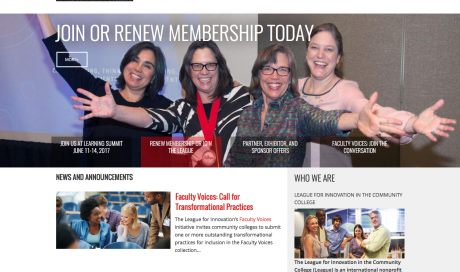- 2986 Views
- 0 Comment
- No tags
Disappointment. When something fails to deliver on its promises, it creates a feeling of disappointment that can lead to a distrust of an entire market. For a long time now, the CMS platform has lived in this cycle. Every couple of years, new promises are made, new features announced, and for a little while, it really looks like the whole game is about to change. But then something happens. People get their hands on it, and find their experience is a hassle, at best. Why does it always seem to end up this way?
1: CMS providers just don’t learn: And a lot of this has to do with modern marketing practices. Tech companies sink an incredible amount of resources into their marketing department, and often rely on their advice too heavily on how to market and shape their product. People in marketing look at trends, key words, constantly try to find what’s “hot”, then demand that the product be tailored around that. But those things are just hype. And hype creates a strange demand for things not fully understood. Hype demands your attention up front, but cares little about the following day.
2: It’s hard to articulate what you want: Especially if your asking for something new, and/or don’t understand the technology behind it. There’s a disconnect between the way we think things should work, and the reality of how those things can actually be executed. CMS’ is like any other technology; it’s made up of several interconnected pieces that all depend and rely on one another to function. When looking at something from a granular level, it can be easy to ignore how making a change at point A will effect something down at point Q. This leads to:
3: Franken-design: Tech providers really do want to be accommodating, sometimes so much so that it acts to the detriment of everyone. Making different-yet-connected parts of a site function in contradictory ways can be accomplished by hacking into the code, but this does a couple of things: first, it balloons cost. Making small adjustments in the margins has to be done with care, and requires extensive testing, all of which cost time and money. Second, it creates inconstancy. When different elements of a whole opporate under different sets of rules, it can be hard to keep them all strait. It also makes training new employees difficult, especially if the people doing the training in-house have a loose grasp on how things work in the first place. After a couple of cycles of this, it makes your CMS feel broken, and out of control.
4: Using tech should be about an experience: And it always is, just sometimes it’s a bad one. New tools and widgets sound exciting in a pitch meeting, but the experience of using them in a holistic manor is what matters in the end. Everyone suffers when the experience of interacting with your CMS is the cause of a string of headaches. This is especially true for:
5: Content creators: And this is the big one. What sometimes gets lost in all the talk of parallax design, dynamic widget integration, and accelerated flim-flam control is that your CMS serves one purpose: to connect people with content. On the content creators side, they want and need the tools to deliver the best content possible, nothing more, nothing less. Any bells and whistles that don’t serve that function will ultimately get in their way, and the content will suffer for it. The people who actually crate the content on a daily basis are usually not the ones who make the decision on what product to purchase, but maybe it’s time we start listening to them.
The loop of failed expectations leading to disappointment is going to be a hard thing to break. Even harder is going to be rebuilding trust between tech vendor and client. I think it’s time to start having that conversation, and man-oh-man do we have our work cut out for us! Next week, we’ll start to take a look at some of the ways we can put the breaks on this cycle.
Comments
OUR RECENT
WORKS
-
American ScientistOnlineLearning
-
The League for…OnlineCommunity
-
California Association of…OnlineLearning
-
Building Owners and…OnlineCommunity
-
Indiana Bankers AssociationMobileFriendly
-
American Society of…OnlineCommunity
-
Tire Industry AssociationMobileFriendly
-
American Academy of…OnlineCommunity
-
National Association of…Commerce
-
American Society of…CMSIntegrationtoAMS
-
National Association of…DesktopApps
-
Long Beach Water…DesktopApps
-
Castaic Lake Water…OnlineLearning
-
Water Smart San…OnlineLearning
-
San Diego County…MemberSuite
-
Change Management InstituteMemberSuite
-
American Society of…CMSIntegrationtoAMS
-
American Association of…OnlineCommunity
-
Building Owners and…CMSIntegrationtoAMS
-
Council of Chief…CMSIntegrationtoAMS


























